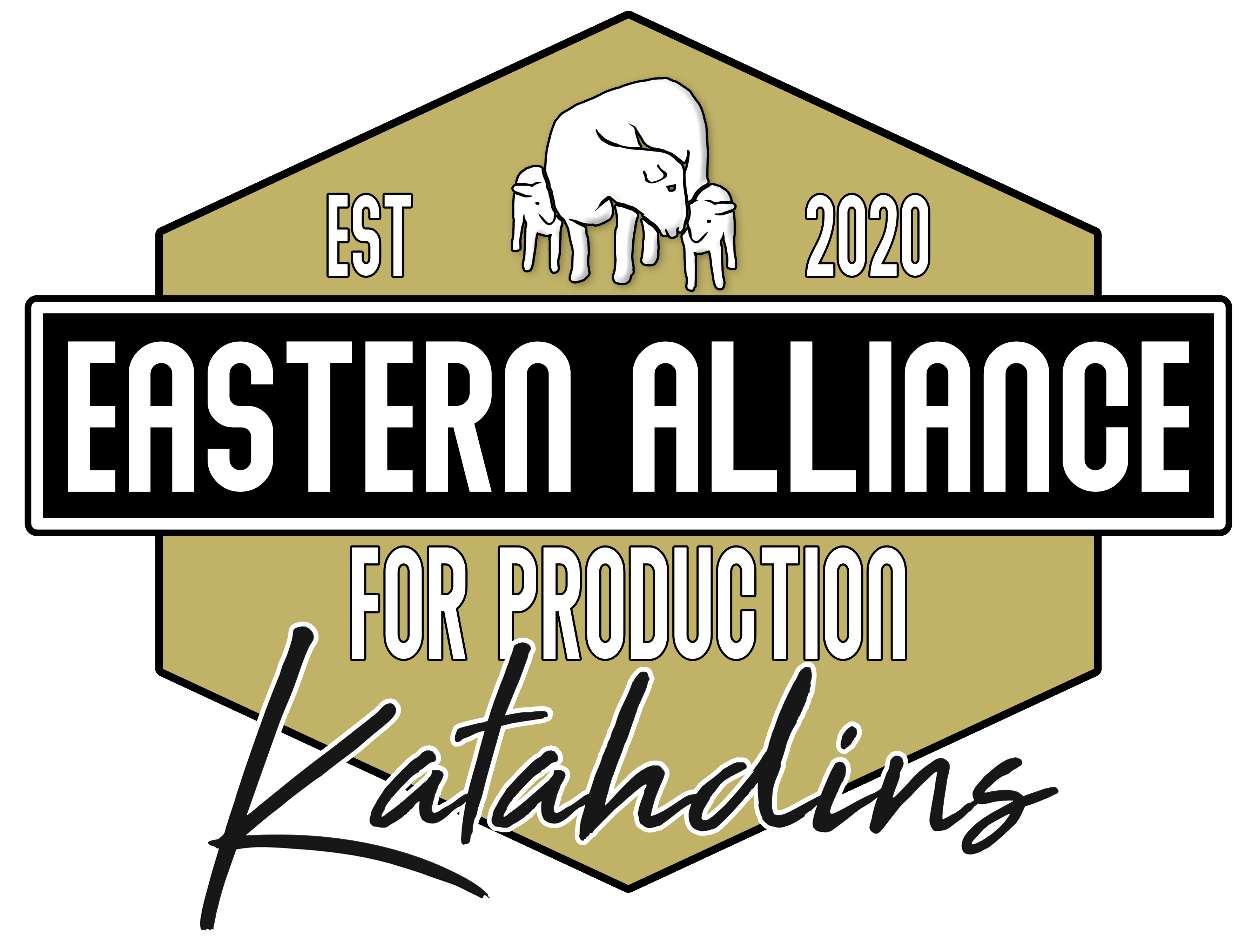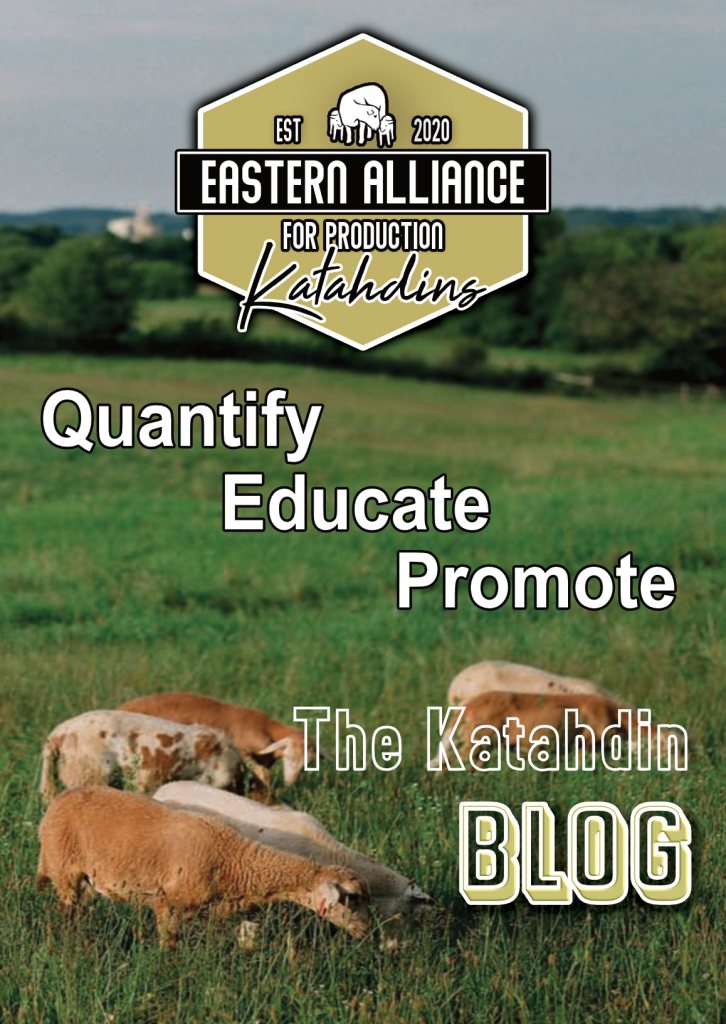Late Gestation Management Considerations
Ewes are bred, the holidays are just around the corner, and for all of us with winter lambing flocks, lambing season is almost here. Over the last year, we have invested in high quality genetics to move our flocks forward and now it’s important that we make sure our next


